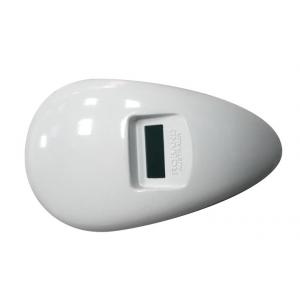
Add to Cart
Customized High Standard Aluminum Alloy Die Casting Product
Product Description
| Process | Pressure Die Casting + CNC Machining |
| Material | Aluminum Alloy |
| Color | Natural |
| Casting Surface Roughness | Ra 12.5μm |
| Casting Dimension Tolerance | CT7-CT8 |
| Weight Range | 0.1kg-100kg |
| Surface Treatent |
Powder Coating |
Packaging & Delivery
● Trade Term:
FOB, CFR, CIF, EXW
● Shipping Term:
By Air, Land, Sea;
● Shipping Package
1. Exported Standard pallets included carton package;
2. Exported Standard Wooden crate;
3. Do package as Customer required.
Die Casting Application
Based on the advantages of die casting, it is widely used, mainly for the production of large quantities of non-ferrous alloy castings.
Among the production of die-casting parts, the largest proportion is aluminum alloy die-casting parts, which is 30% to 50%;
Followed by zinc alloy die castings;
Copper alloy die castings account for 1% to 2%.
The most applied die castings are automobile and tractor manufacturing, followed by instrument manufacturing and electronic instrument industry, and again for agricultural machinery, defense industry, computer, medical equipment and other manufacturing industries.
Parts produced by die casting include engine cylinder blocks, cylinder heads, transmission cases, hoods, gauges and camera housings and brackets, pipe joints, gears, and the like.
Die Casting Restrictions
1) The filling speed of liquid metal during die casting is high, the gas in the cavity is difficult to completely remove, and the casting is prone to defects such as pores, cracks and oxidized impurities, and the die casting is usually not heat treated.
2) The die-casting mold has a complicated structure, a long manufacturing cycle, and high cost, and is not suitable for small-quantity casting production.
3) The die casting machine has high cost and large investment, and is limited by the clamping force of the die-casting machine and the size of the mold. It is not suitable for the production of large-scale die-casting parts.
4) The type of alloy is limited, and non-ferrous alloys such as zinc, magnesium and copper.